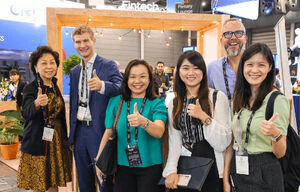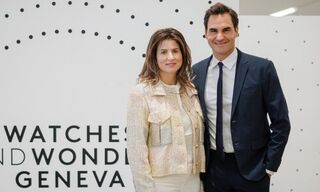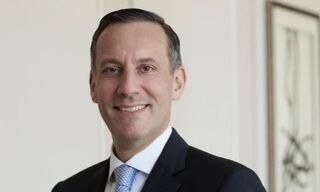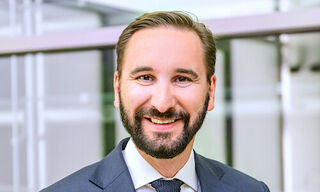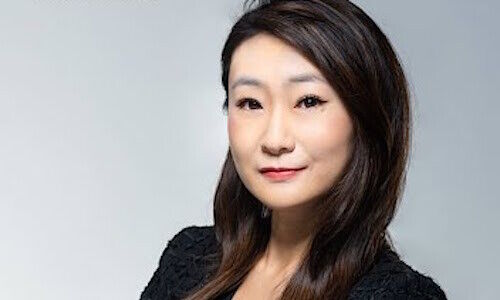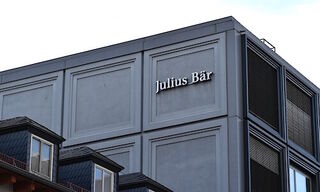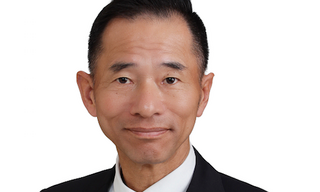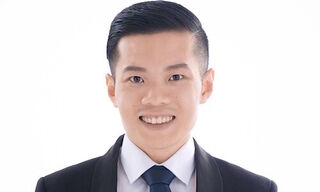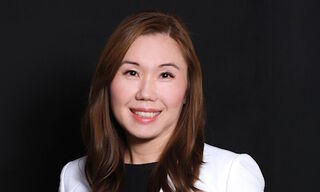Sterling – or How an Activist Fund Managed to Turn 25
For 25 years, Sterling Active Fund has been investing in small and medium-sized European companies. In an interview with finews.com, the fund's co-leaders, Giulia Nobili and Massimo Pedrazzini, explain the mission behind this successful activist fund.
Massimo Pedrazzini, what does this anniversary mean for you?
A great deal. As far as I know, there isn’t any other fund in our field that can draw on 25 years of experience – an experience that is reflected, on the one hand, in a deep understanding of our environment, the managers, and the investors, and on the other hand, in the confirmation that our investment approach works over the long term and has withstood the numerous crises that the markets have experienced since 1999.
Can you comment on the performance, individual investments, and fund size?
We currently manage just under 250 million euros, which we typically invest in 10 to 12 publicly traded companies. Our target companies have a market capitalization between 500 million and 2 billion euros.
«On average, we have achieved an annualized net return of around 10 percent»
We focus on companies that exhibit one or more stress factors that an activist shareholder can address. On average, we have achieved an annualized net return of around 10 percent, without leverage and following a pure ‹long-only› strategy.
Does running a 25-year-old fund not risk facing a generational change, which isn’t always easy?
Theoretically, yes, but practically no. Our founder, lawyer and investor Tito Tettamanti, who developed the fund’s strategy based on his experiences in the United States in the 1980s, began handing over leadership to Giulia Nobili and me gradually over 15 years ago.
That is why today we possess the rare combination of highly experienced partners and young talents, ensuring a bright future for our fund and our investors.
Giulia Nobili, can you reveal the ‹secret recipe› to achieve such high returns over such a long period?
In fact, over the past 25 years, the fund has achieved a cumulative net return of 848 percent (B shares) after fees.
The recipe is relatively simple: thorough analysis during both the research phase and throughout the entire investment period; strict oversight of the companies we invest in, similar to private equity, but with particular caution; a constructive approach, patience, and the ability to ramp up pressure when needed. Most importantly… we love our work.
«The most significant investors in the fund are ourselves»
In 25 years, only 7 out of 63 investments ended in a negative return (seven too many, unfortunately!). In recent years, the only loss-making investment was in the company Essentra – a British conglomerate that divested two divisions to refocus its activity on small industrial components, as we had aimed, but was later hit by an industry-wide crisis beyond our control.
We exited in 2024 when we recognized the relevant risks in the respective sectors. As we feared, the stock then suffered another significant loss.
Who are your investors?
Massimo Pedrazzini: They include financial institutions, pension funds, clients referred by asset managers, as well as private investors. But the most significant investors are ourselves.
«We could easily fill a book with the details»
More than 40 percent of the invested capital is held by the fund managers, our network of advisors, and long-term investors who have been with us for over twenty years. You can subscribe to our fund through local banks or directly with our administrator.
Looking back on the past 25 years, is there one story that stands out in particular?
Giulia Nobili: We could easily fill a book with the details, but confidentiality constraints prevent us from doing so.
However, I can reveal that our most recent investment involved Renewi, a waste management company primarily operating in the Netherlands and Belgium.
We began investing at the end of 2023 and built up most of our position before the summer of 2024, immediately after the announcement of the sale of a loss-making division in the UK – a divestiture we demanded alongside other shareholders.
«Over the next two years, we aim to reach 500 million euros in assets under management»
By sharpening its focus on a higher-quality core business, the company emerged as an attractive takeover target. Last November, a public takeover bid was initiated, allowing us to exit in February with a return of 24 percent and an IRR of 52 percent.
What is the current situation regarding succession planning?
This isn’t an issue for the coming years, as we have built a young team that can grow with the fund over the long term.
What goals have you set for your fund in the next two years?
Our main objectives are to diversify the investor base and to achieve 500 million euros in assets under management.
Giulia Nobili is the Chairwoman of the Board of Directors of SSVL (Monaco) S.A.M., investment advisor to Sterling Active Fund. She joined the ST Group Holding in 2010 and has over 30 years of experience in corporate management, board roles, and investment banking, as well as in strategy, business development, restructuring, operations, and integration. Her career began in private equity at CVC, followed by roles in investment banking at Salomon Brothers and Lehman Brothers. She then spent several years in corporate organizations She holds a degree in Economics from Boston College and an MBA from Bocconi University. Additionally, she serves on the Board of Directors of the Fidinam Group.
Massimo Pedrazzini is the Chairman of Sterling Strategic Value Fund in Luxembourg, founded by Tito Tettamanti, and of the Fidinam Group in Lugano. He also chairs the ST Group, among other roles. He began his career in 1985 at the Lugano-based law firm Tettamanti Spiess & Associati, where he was a partner from 1993 to 2005, focusing on contract law, M&A, corporate law, and international tax and finance law. During that time, he advised industrial and financial companies on cross-border joint ventures and M&A transactions in Europe, Asia, and America. He holds a law degree from the University of Geneva.



